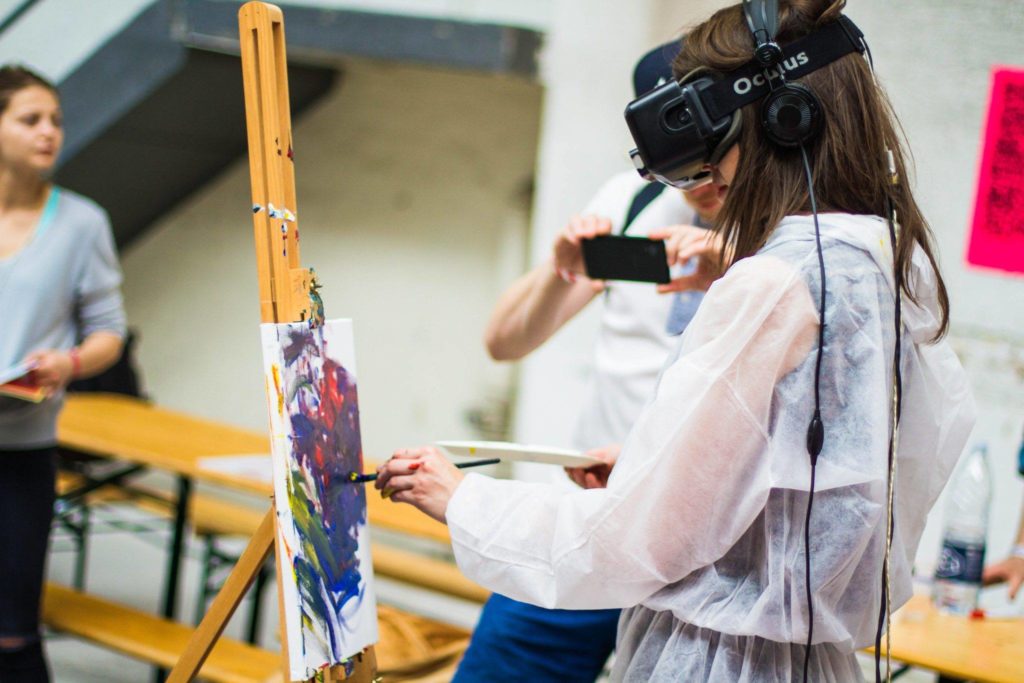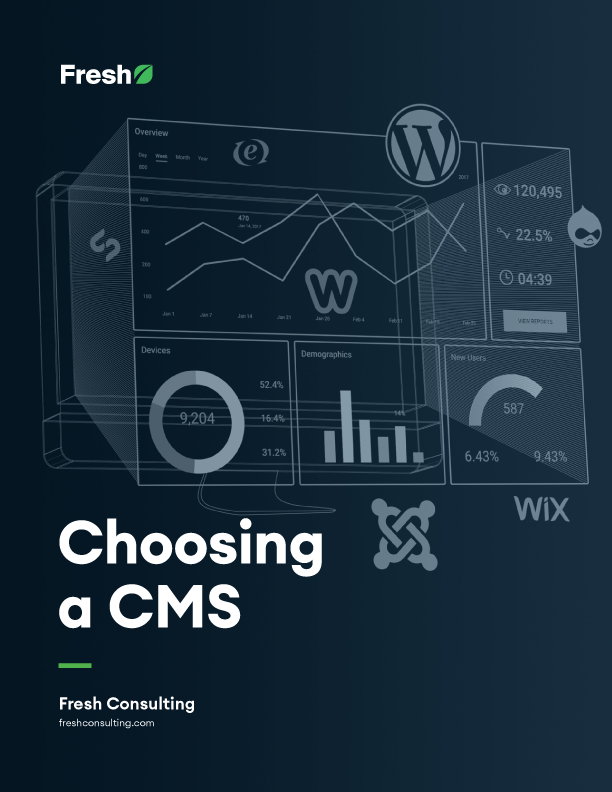Article
Constructing New Human Experiences – VR & AR Technology

You’ve likely seen – or even tried out – a virtual reality (VR) headset at some point in the last few years. You’ve probably seen announcements about augmented reality (AR) capabilities that are now embedded in newer smartphones.
This is because augmented, virtual, and mixed reality (MR) technologies are becoming more affordable and widespread, and the demand for the technology and people who can create it is high.
The impact VR & AR will have on our lives and workplaces is becoming more and more obvious. Industries like healthcare and entertainment are already benefiting from the possibilities created by AR and VR. These technologies will continue to play an important role in other industries like retail, marketing, education, construction, real estate, and entertainment, among many others.
As VR & AR Grow, the Possibilities Are Limitless
These stats show the significance the AR/VR market will have in the next 15 years:
- IDC reports “Spending on AR/VR products and services is forecast to reach $27 billion in 2018”
- Deloitte reported that 88 percent of mid-market companies were using a form of virtual or augmented reality in their business.
- 24 million virtual reality and augmented reality devices are expected to be sold in 2018 alone.
- The global VR and AR market is predicted to attain a compound annual growth rate (CAGR) of 71.6% between 2017-2022.
- The market for VR & AR technologies is predicted to reach $94.4 billion in value by 2023.
- Citi predicts a trillion dollar industry by the year 2035.
As the technology continues to advance at a rapid rate, VR and AR’s role in the way we interact with the world will grow.
For consumers, the line between the digital world and the physical one will blur to an even greater extent. The barrier between consumers and their devices is already much smaller now than it used to be. We’ve gone from keyboard-only computers to keyboard and mouse, to touch screen interfaces.
Using mixed reality technology, programs will be able to fully extend beyond the screen and integrate with our physical environment in a way that previous technologies could not.
Some of the effects of VR & AR might include:
- Businesses will be able to provide consumers with at-home experiences similar to in-person experiences. E-commerce is already widespread and the advances with AR/VR will continue to accelerate that movement.
- Health professionals will be able to treat patients in a more personal manner and improve current practices through AR implementation.
- Students will be able to learn in a more immersive and engaging way with VR courses.
- Mixed reality experiences will make entertainment, news, and art more compelling for audiences.
- We’ll be able to work in digital spaces that are completely open, utilize the natural space around us, and collaborate with others in ways that weren’t previously possible.
- Teams will be able to meet and work together from different parts of the world through telepresence. Resources could be made available to them virtually instead of physically.
- Product designers will be able to work with each other by visualizing projects in 3D spaces, reducing the costs of physical prototyping and easing collaboration.
- Augmented reality will likely eliminate some need for context switching. For example, information could be overlaid on a screen as an employee works so that they can stay immersed in their task rather than jumping between multiple windows in a computer.
Humans are not only fundamentally social, but we’re also fundamentally productive and collaborative. Add to that we love to be entertained, and you can quickly see how XR technology strikes at the center of all of these natural tendencies.









